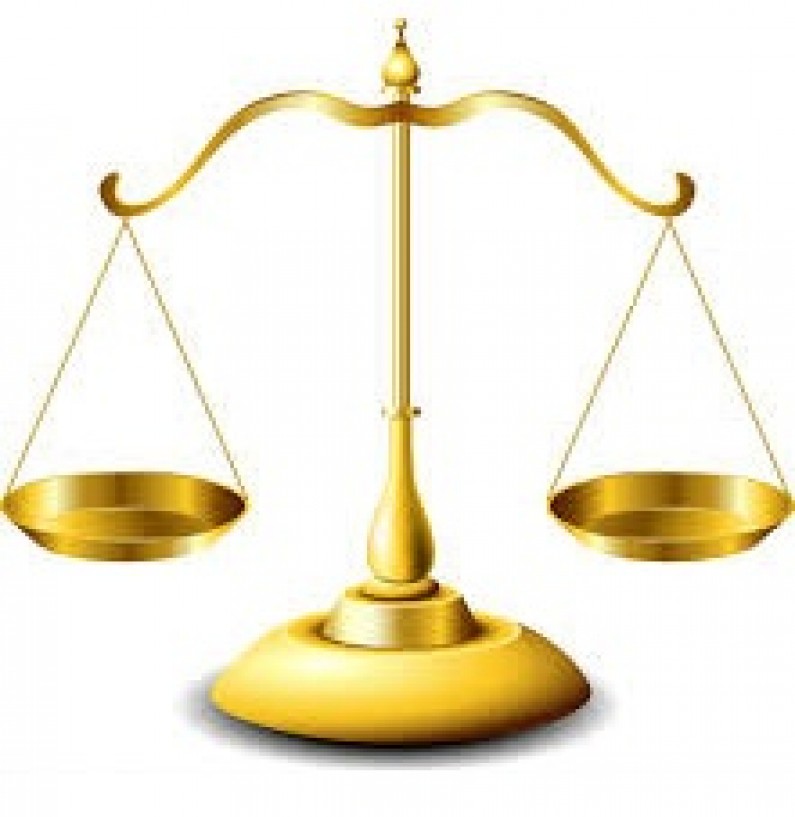Auckland Council Signage Bylaw 2015 Review

Bylaw since 2015
On 26 May 2018 both AT (Auckland Transport) and Auckland Council joined together to pass the Signage Bylaw 2015. You can download a copy here (for a bit of light bedtime reading): Signage Bylaw 2015
I think their intention was good. If you do not have something permitting an activity, then in theory you would have to apply every time you wanted to take one step. The purpose of the Signage Bylaw 2015 was to notify Auckland people what they were permitted to do, without the need to seek permission for it.
Examples include a “Ladder Board” on the ground level of a building saying who the tenants are on each floor, where Election and Real Estate signs can go, and when, and so on.
Review every 5 years
The Bylaw must be reviewed every 5 years (ie 2020) and Digital Signs is on the panel of industry players feeding back and interacting with the Council.
To give you an idea, some of the other members include:
APN Outdoor Media; OMANZ (Outdoor Media Association of New Zealand); QMS; Phantom BillStickers; Media 5; Adshell and oOh! Media.
From our perspective the Bylaw contains a lot of legacy stuff in it “just because it has always been so”. Being a practical sort of a person, and also tending to come at thing a little bit from a legal point of view, I tabled questions like, “Why are over-roof line signs automatically prohibited” and “Why do we have a set light level measure as opposed to one that is relative to the surrounding light levels”.
It was quite interesting as when these questions were put on the table it seemed that a lot of others in the room also had the same question, but had not put them forward before.
I am looking forward to whatever the future rules are being a lot more sensible and there for a reason.
How do you challenge a bylaw decision?
One of the interesting things about regulating signs using a Bylaw, is that if you are unhappy with whatever decision you get, your only choice to challenge it is to bring a Judicial Review application in the High Court. To give you an idea of how out of perspective that is, a Judicial Review is a challenge to a public power and is usually used to challenge the decisions issued by Government Departments and Ministers, and not for applications on whether your sign can go 1 metre higher than the rules allow!
What is the best way to regulate signs?
Most councils have a Unitary or District Plan. A District Plan comes under the Resource Management Act 1991 and usually contains a summary of the region, the resources, and how all the pieces are going to fit together so we can all live in harmony.
It is our view signs should be regulated using a District Plan rather than Bylaw. Partly this is because we feel this is because making town planning decisions on signs is part of a wider consideration on land use, nuisance and ‘look and feel’ for each region.
But the main reason we believe signs should be under the District Plan is that any challenge to a decision is through to the Environment Court rather than the High Court. It is our view this is a cheaper and more accessible process, and in that Court the considerations are more around impact on the environment rather than on whether a decision making authority (the Council) used their public power correctly.
How can we help with your sign consents?
At our sister company Digital Signs we have an in house Team that deal with Resource Consent (and Signage Bylaw dispensation applications) ready to help you. We have a large database of prior decisions made by all the major councils throughout New Zealand, as well as a large body of local and international statistical evidence on safety, distraction and effectiveness.
Unfortunately since this is a very specialised area of the law, we only provide consent assistance to customers who purchase our signs.
If you have a plan in mind, or have been told you can’t do what you currently want to with your digital advertising, then give one of our Team a call and let’s see what we can do to help get you there.


